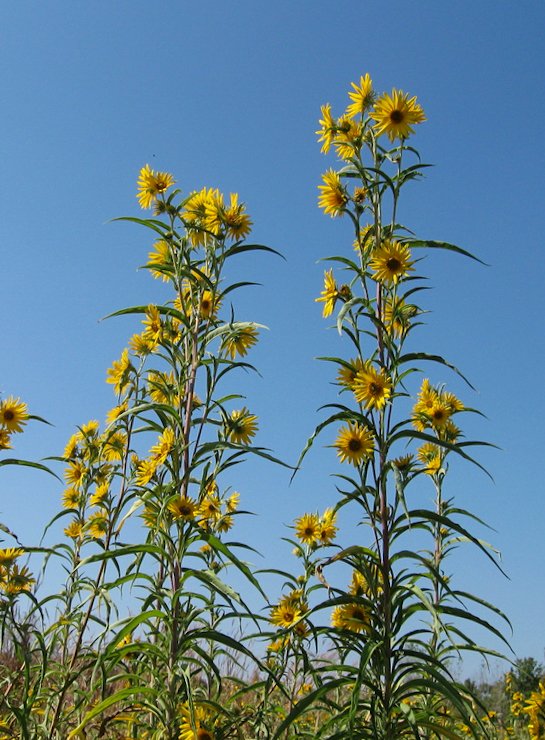 Image 1 of 5
Image 1 of 5

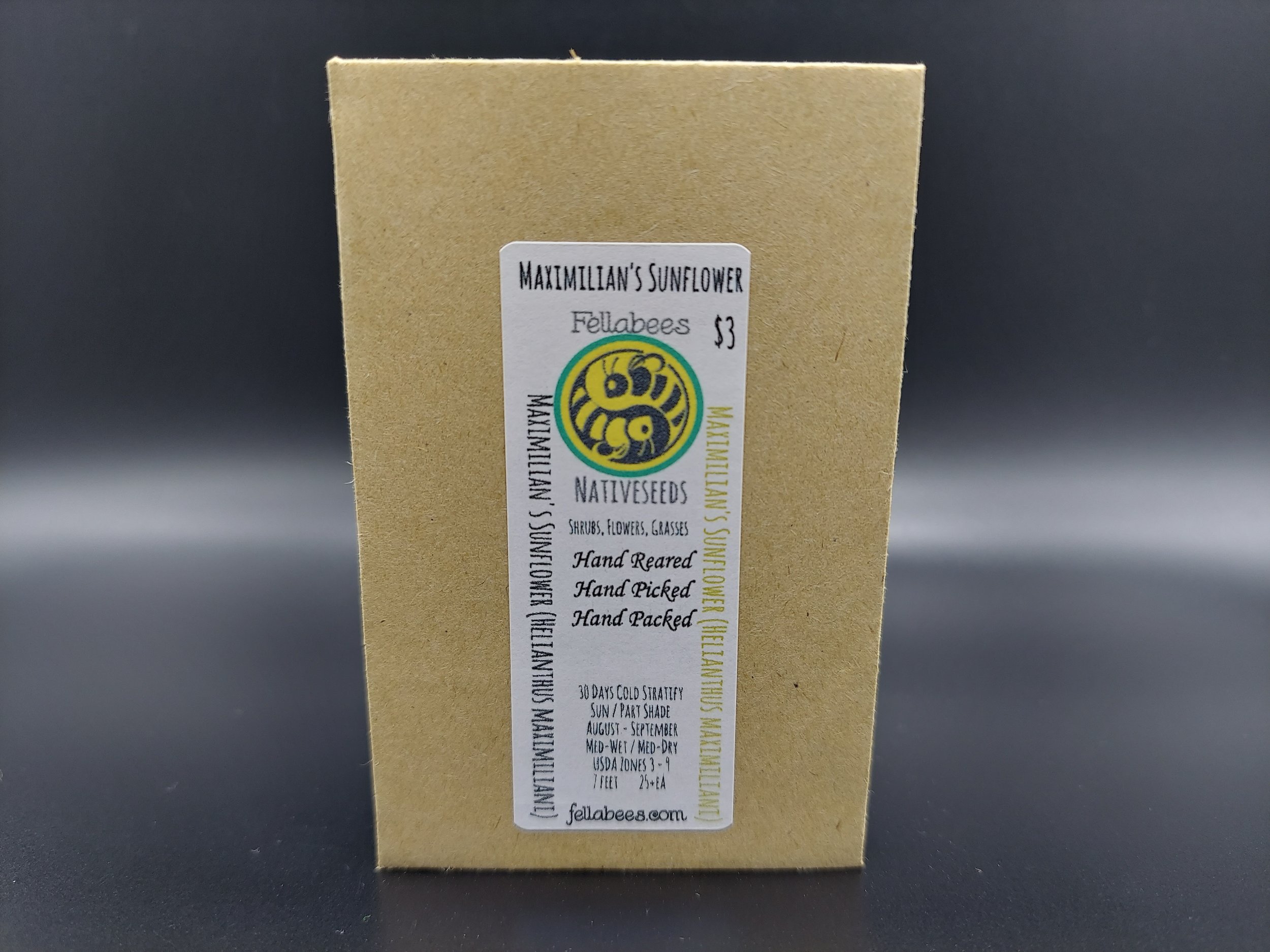 Image 2 of 5
Image 2 of 5

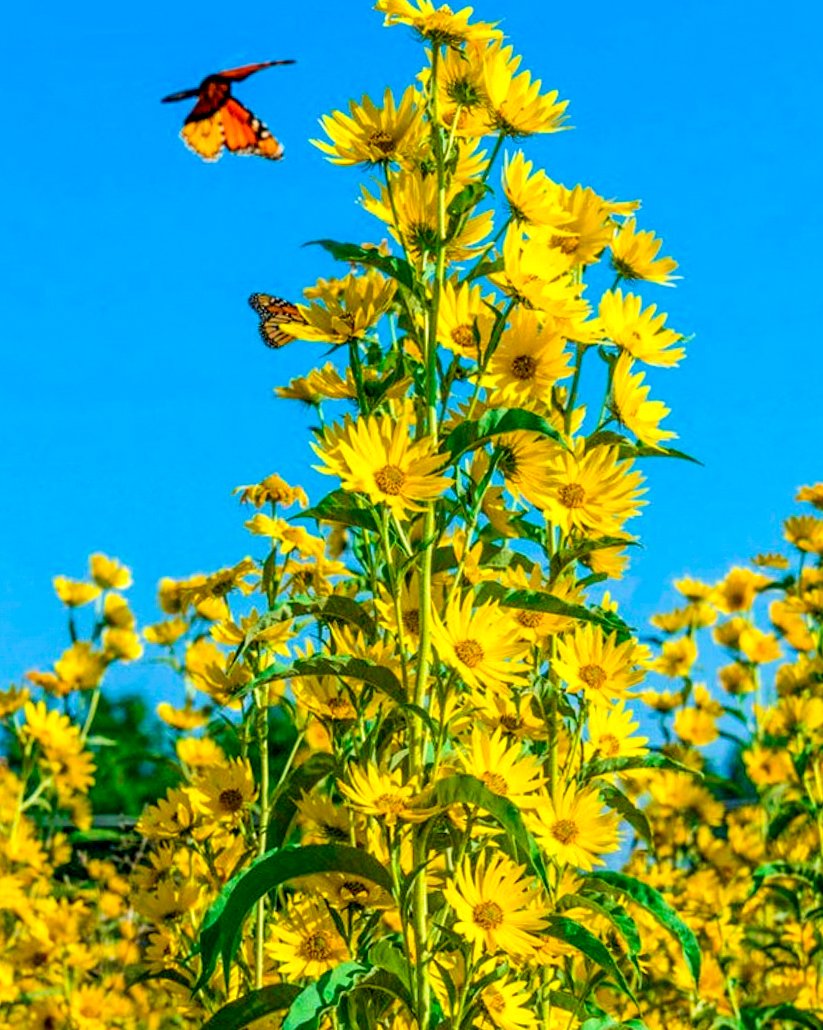 Image 3 of 5
Image 3 of 5

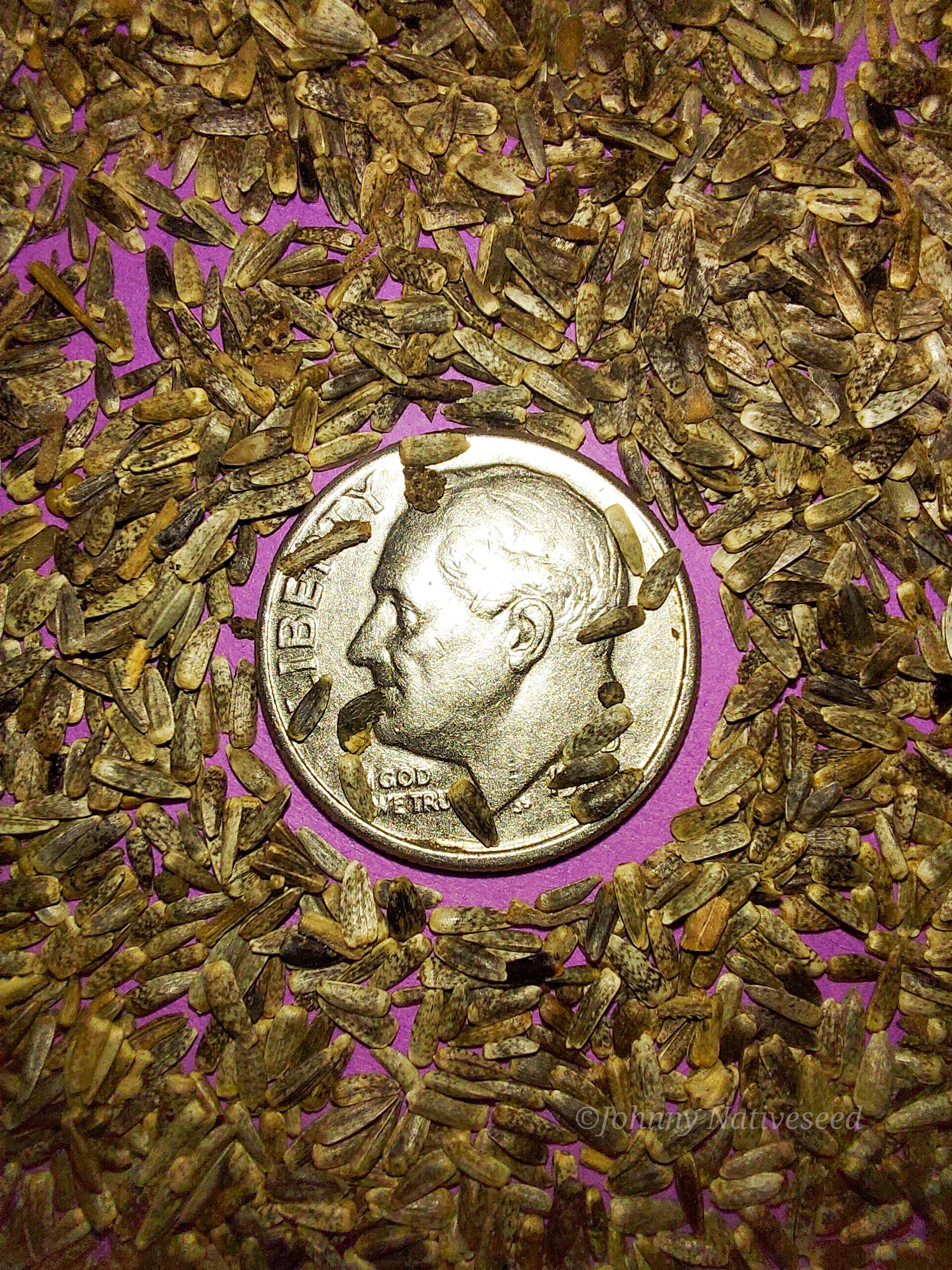 Image 4 of 5
Image 4 of 5

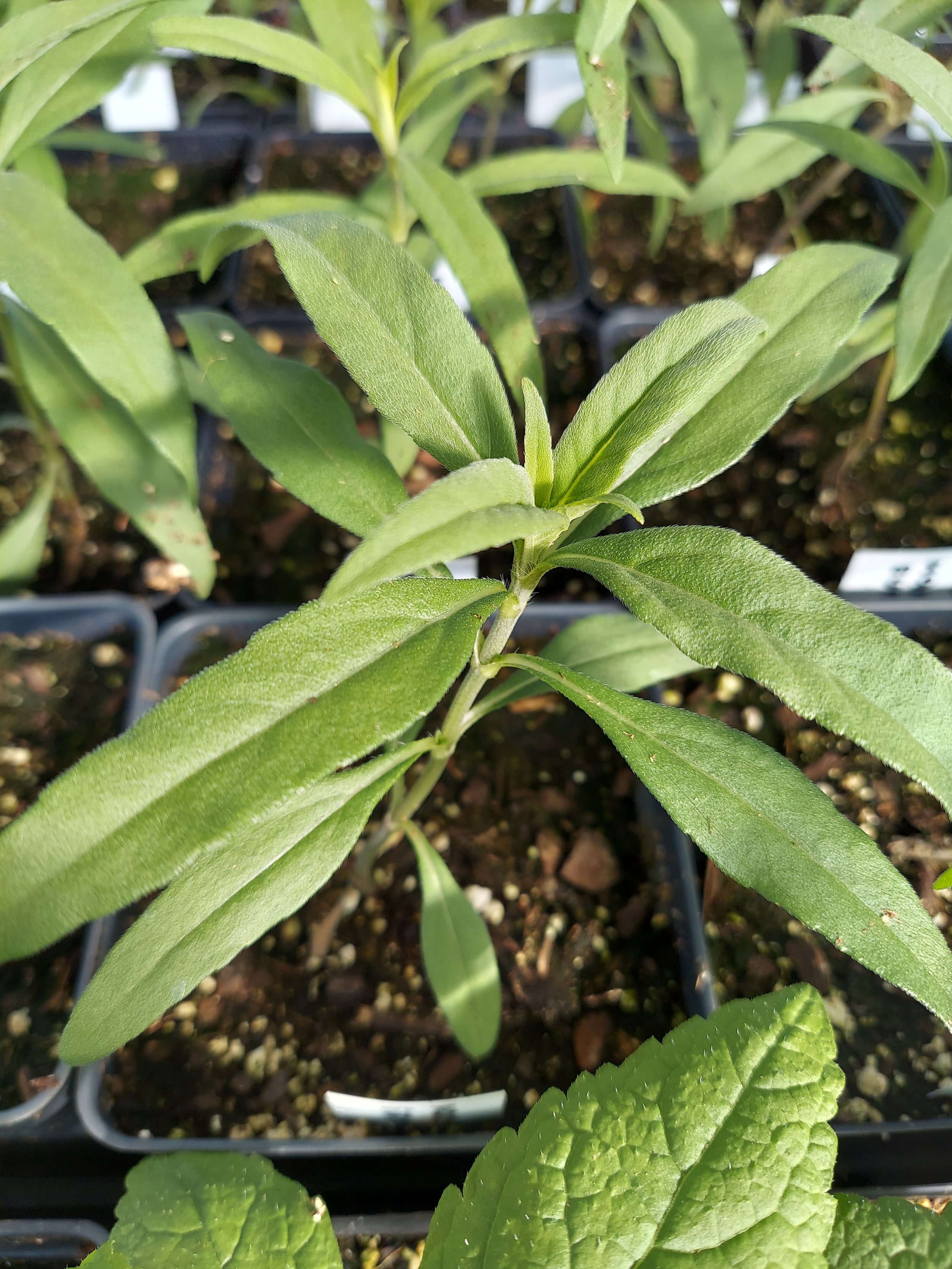 Image 5 of 5
Image 5 of 5






Maximilian's Sunflower (Helianthus maximiliani)
Maximilian's Sunflower (Helianthus maximiliani)
Helianthus maximiliani is a stunning North American species of native sunflower, more popularly known by the common name Maximilian's Sunflower.
This sunflower is named for Prince Maximilian of Wied-Neuwied, who had encountered it on his travels through North America.
Helianthus maximiliani is endemic to the Great Plains in central North America, and has been naturalized in both the eastern and western parts of the continent. It is now found from British Columbia to Maine, south to the Carolinas, Chihuahua, and California.
The plant thrives in a number of ecosystems, particularly across the plains in central Canada and the United States.
The thick rhizome is edible and provided a food similar to the Jerusalem artichoke for Native American groups such as the Sioux. The flower heads are very attractive to pollinators and the fruits are eaten by songbirds, and by other various wildlife.
This striking native is the host plant for the Bordered Patch Butterfly
This plant can now be found in most states except Oregon, Nevada, Arizona, Louisiana, Georgia, Vermont, New Hampshire, Delaware, Rhode Island, and Florida.
Plant Details
USDA Zones: 3-9
Germination Needs: 30 Days Cold Stratification,
Life Cycle: Perennial
Sun Exposure: Full to Partial
Soil Moisture: Medium-Wet, Medium Medium-Dry
Plant Spacing: 3-4 feet
Height: 7 feet
Bloom time: August, September
Bloom Color: Yellow
Advantages :
Pollinator Favorite: butterflies, moths, bees, wasps, beetles
Bird Favorite: seeds, insects, fruit, nectar, nesting, perchs.
Deer Resistant: Yes
Native to: Minnesota, Iowa, Missouri, Texas, Oklahoma, Kansas, Nebraska, South Dakota, North Dakota, Montana, Wyoming, and Colorado.
Introduced to: Wisconsin, Michigan, Illinois, Arkansas, Mississippi, Alabama, Tennessee, Kentucky, Indiana, Michigan, Ohio, Indiana, South Carolina, North Carolina, Virginia, West Virginia, Pennsylvania, Maryland, New Jersey, New York, Connecticut, Massachusetts, and Maine.
.
.
Packet quantities:
We pride ourselves on ethical, hands on, ecological management, using no mechanical or chemical methods whatsoever.
All of our native seed is hand reared, hand picked, and hand packed from native prairies under our exclusive management, never breaking chain of custody from the field until it is sent to you. Each packet is hand prepared for shipment by us, directly.
Small seed species will contain greater than 20-25 seed
Large seed species will contain greater than 10-15 seed
It is our mission to spread the wealth of native plant and pollinator ecological sustainability, and educate back yard gardeners as well as corporate and government entities in how to germinate, grow, and benefit from native synergies.
Thank you for your support, it is because of you, that we can grow together to do, what we do.🐛🦋🐝🐞🌾🌱🌼🧡
Maximilian's Sunflower (Helianthus maximiliani)
Helianthus maximiliani is a stunning North American species of native sunflower, more popularly known by the common name Maximilian's Sunflower.
This sunflower is named for Prince Maximilian of Wied-Neuwied, who had encountered it on his travels through North America.
Helianthus maximiliani is endemic to the Great Plains in central North America, and has been naturalized in both the eastern and western parts of the continent. It is now found from British Columbia to Maine, south to the Carolinas, Chihuahua, and California.
The plant thrives in a number of ecosystems, particularly across the plains in central Canada and the United States.
The thick rhizome is edible and provided a food similar to the Jerusalem artichoke for Native American groups such as the Sioux. The flower heads are very attractive to pollinators and the fruits are eaten by songbirds, and by other various wildlife.
This striking native is the host plant for the Bordered Patch Butterfly
This plant can now be found in most states except Oregon, Nevada, Arizona, Louisiana, Georgia, Vermont, New Hampshire, Delaware, Rhode Island, and Florida.
Plant Details
USDA Zones: 3-9
Germination Needs: 30 Days Cold Stratification,
Life Cycle: Perennial
Sun Exposure: Full to Partial
Soil Moisture: Medium-Wet, Medium Medium-Dry
Plant Spacing: 3-4 feet
Height: 7 feet
Bloom time: August, September
Bloom Color: Yellow
Advantages :
Pollinator Favorite: butterflies, moths, bees, wasps, beetles
Bird Favorite: seeds, insects, fruit, nectar, nesting, perchs.
Deer Resistant: Yes
Native to: Minnesota, Iowa, Missouri, Texas, Oklahoma, Kansas, Nebraska, South Dakota, North Dakota, Montana, Wyoming, and Colorado.
Introduced to: Wisconsin, Michigan, Illinois, Arkansas, Mississippi, Alabama, Tennessee, Kentucky, Indiana, Michigan, Ohio, Indiana, South Carolina, North Carolina, Virginia, West Virginia, Pennsylvania, Maryland, New Jersey, New York, Connecticut, Massachusetts, and Maine.
.
.
Packet quantities:
We pride ourselves on ethical, hands on, ecological management, using no mechanical or chemical methods whatsoever.
All of our native seed is hand reared, hand picked, and hand packed from native prairies under our exclusive management, never breaking chain of custody from the field until it is sent to you. Each packet is hand prepared for shipment by us, directly.
Small seed species will contain greater than 20-25 seed
Large seed species will contain greater than 10-15 seed
It is our mission to spread the wealth of native plant and pollinator ecological sustainability, and educate back yard gardeners as well as corporate and government entities in how to germinate, grow, and benefit from native synergies.
Thank you for your support, it is because of you, that we can grow together to do, what we do.🐛🦋🐝🐞🌾🌱🌼🧡
Maximilian's Sunflower (Helianthus maximiliani)
Helianthus maximiliani is a stunning North American species of native sunflower, more popularly known by the common name Maximilian's Sunflower.
This sunflower is named for Prince Maximilian of Wied-Neuwied, who had encountered it on his travels through North America.
Helianthus maximiliani is endemic to the Great Plains in central North America, and has been naturalized in both the eastern and western parts of the continent. It is now found from British Columbia to Maine, south to the Carolinas, Chihuahua, and California.
The plant thrives in a number of ecosystems, particularly across the plains in central Canada and the United States.
The thick rhizome is edible and provided a food similar to the Jerusalem artichoke for Native American groups such as the Sioux. The flower heads are very attractive to pollinators and the fruits are eaten by songbirds, and by other various wildlife.
This striking native is the host plant for the Bordered Patch Butterfly
This plant can now be found in most states except Oregon, Nevada, Arizona, Louisiana, Georgia, Vermont, New Hampshire, Delaware, Rhode Island, and Florida.
Plant Details
USDA Zones: 3-9
Germination Needs: 30 Days Cold Stratification,
Life Cycle: Perennial
Sun Exposure: Full to Partial
Soil Moisture: Medium-Wet, Medium Medium-Dry
Plant Spacing: 3-4 feet
Height: 7 feet
Bloom time: August, September
Bloom Color: Yellow
Advantages :
Pollinator Favorite: butterflies, moths, bees, wasps, beetles
Bird Favorite: seeds, insects, fruit, nectar, nesting, perchs.
Deer Resistant: Yes
Native to: Minnesota, Iowa, Missouri, Texas, Oklahoma, Kansas, Nebraska, South Dakota, North Dakota, Montana, Wyoming, and Colorado.
Introduced to: Wisconsin, Michigan, Illinois, Arkansas, Mississippi, Alabama, Tennessee, Kentucky, Indiana, Michigan, Ohio, Indiana, South Carolina, North Carolina, Virginia, West Virginia, Pennsylvania, Maryland, New Jersey, New York, Connecticut, Massachusetts, and Maine.
.
.
Packet quantities:
We pride ourselves on ethical, hands on, ecological management, using no mechanical or chemical methods whatsoever.
All of our native seed is hand reared, hand picked, and hand packed from native prairies under our exclusive management, never breaking chain of custody from the field until it is sent to you. Each packet is hand prepared for shipment by us, directly.
Small seed species will contain greater than 20-25 seed
Large seed species will contain greater than 10-15 seed
It is our mission to spread the wealth of native plant and pollinator ecological sustainability, and educate back yard gardeners as well as corporate and government entities in how to germinate, grow, and benefit from native synergies.
Thank you for your support, it is because of you, that we can grow together to do, what we do.🐛🦋🐝🐞🌾🌱🌼🧡
